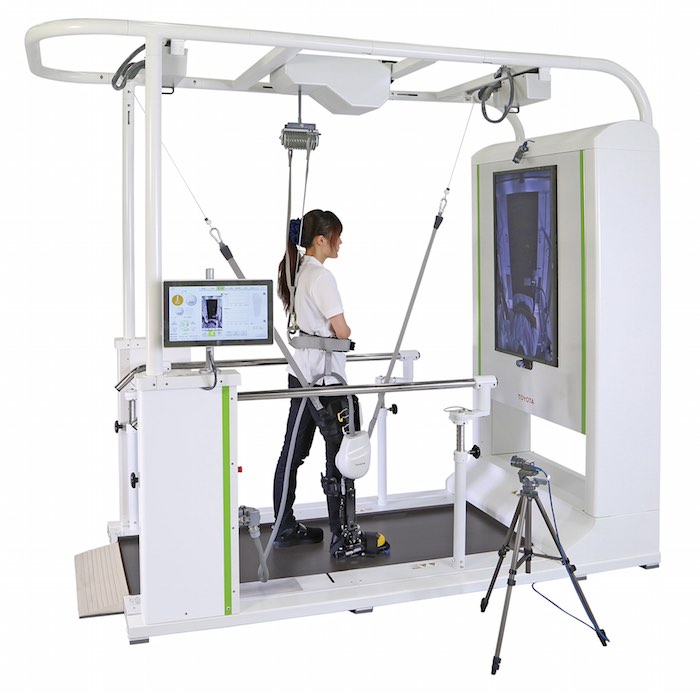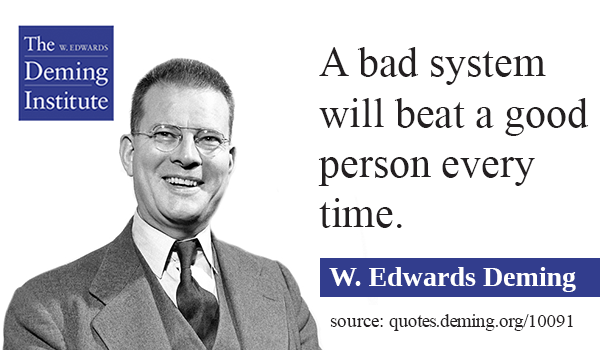Customer delight requires understanding your customers needs and desires. Often even your customers don’t understand these well. Businesses that have a deep appreciation for what their customers, and potential customers, desire and that create systems to deliver solutions that delight those customers benefit greatly from that effort.
To build a sustainable enterprise you must provide value customers will appreciate.
Your customers do not have one unified set of desires. Some customers may want as good an experience as is possible and if that costs substantially more they are happy to pay. Others want to pay the least possible while having an acceptable experience.
Singapore Airlines can cater to creating a great experience. And even within that system they can segment the offering a bit and create coach class, business class and first class. They seek to provide a great experience for everyone but have extra space and amenities offered for higher classes of service for those wanting that given the cost.
Southwest Airlines can cater to providing a friendly and inexpensive experience while passing on providing certain amenities. Southwest understands that they are creating a system to deliver value to customers that appreciate a no frills environment that still treats them with respect. treat customers honestly and with respect.
Aligning what is delivered with what is marketed is also important and something Southwest does well. Other airlines market as if they will provide what Singapore Airlines does and provides a miserable experience instead. I think it helps provide Southwest focus in marketing and operations seeing how badly many of their competitors frustrate customers continually in very visible ways.
To delight customers determine what they desire based on a deep understanding of them. Make sure you understand what they act on not just what they say.
Even if you determine what they want is to spend as little as possible don’t try to trick them with false claims about low prices. The most despised companies all seem to do this (cable TV companies, airlines, mobile phone plans, some contractors…). Essentially they play bait and switch except they don’t even offer the choice to decline once they provide the real price. They just slap on extra fees after they sold you with promises of the cheaper cost.
Instead cater to meet the importance of low price but still treat customers with respect. Yes, you might cut some corners a bit so customers have to wait longer for support or don’t have as much hand holding as they could get for a higher price. But there are many things that can be done with well designed systems to provide very good service while keeping costs low. In fact often better service can be provided at lower costs because systems designed well include less waste and create fewer problems. Those problems are costly to solve and damaging to customers.
Your customers will not have monolithic desires. A big factor in the success of providing solutions that delight customers. Sometimes that means creating products and services that delight people with a wide range of expectations. Other times it means delivering different solutions to delight the different audiences.
My mechanic is trustworthy and less expensive than my other options. He also lacks many of the amenities others might desire. But for me I am delighted with his service. I am happy to drive 30 minutes to get service from him, passing by many other options. I trust him to know what to do and act in my best interest while charging a fair price.
My dentist is very good and expensive. He doesn’t accept insurance (if you have insurance you can submit the bills yourself but his office doesn’t get involved). He does all the dental work himself, including cleaning (which is rare in my experience – often the simple tasks are assigned to others). Assistants deal with scheduling and billing. His market is to provide great service to those customers willing to pay. This is not a strategy that would work for most dentists I don’t think, but it works very well for him and his delighted customers (like me). The customers willing to pay for this level of service is limited but if you delight enough people who are willing to pay you create a sustainable business.
Knowing what your customers want and creating systems to deliver that to them is how to build a great business. It sounds easy but few businesses really do know what their customers want. And even fewer focus on delighting them by continually improving the value they offer.
Related: The Customer is the Purpose of Our Work (2012) –
Customer Focus with a Deming Perspective (2013) – the most important customer focus is on the end users (2012) – What Job Does Your Product Do? (2007) – What one thing could we do better? (2006)








